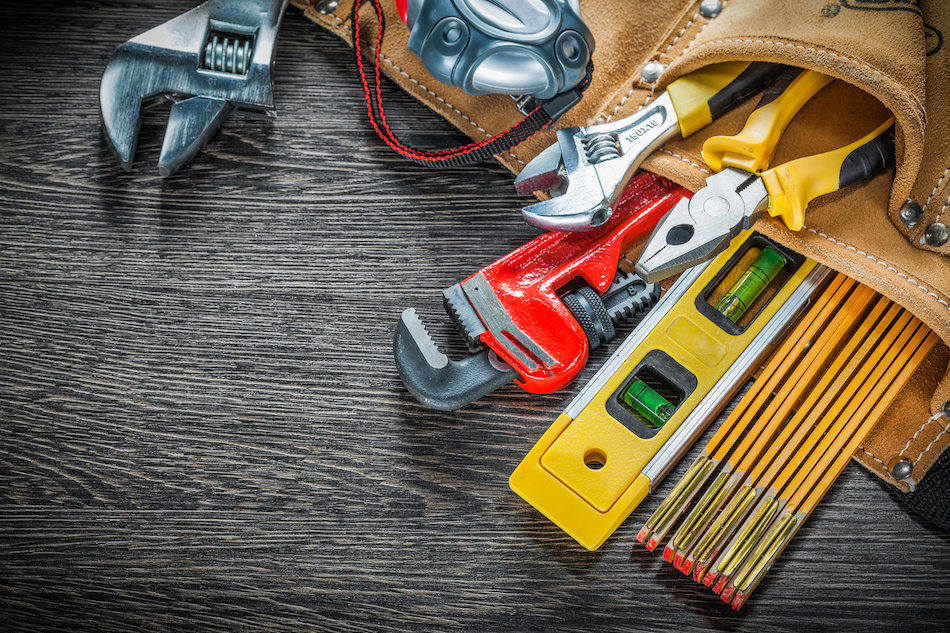Tips to Remediate Unpermitted Work
Posted by Justin Havre on Friday, December 14th, 2018 at 8:06am.
 Unpermitted work is more common than many homeowners realize with as many as 70% of all homes in the country boasting some type of unauthorized repair or renovation. Previous homeowners may not have realized they needed to ask permission in order to make improvements to their own home, leading to confusion about what was done, when it was done, and how it was completed. Those who suspect they're living in a home with unpermitted work will need to take the following steps to make home improvements and rectify the situation.
Unpermitted work is more common than many homeowners realize with as many as 70% of all homes in the country boasting some type of unauthorized repair or renovation. Previous homeowners may not have realized they needed to ask permission in order to make improvements to their own home, leading to confusion about what was done, when it was done, and how it was completed. Those who suspect they're living in a home with unpermitted work will need to take the following steps to make home improvements and rectify the situation.
Understand the Rules
The rules regarding permits are there to ensure the safety of the property, its neighbors, or the future inhabitants of the area. The expectations for each homeowner will vary from neighborhood to neighborhood, which will mean researching both current and past permit laws. For example, an HOA will be concerned with ensuring the value of the property as a whole, while a province may be concerned with the safety of the immediate neighbors. Those living in a particularly rural or isolated may have very few restrictions regarding what they can and can't do on their property.
Keep in mind while researching that rules can change from one year to the next. If a homeowner can prove that their repairs were completed during a year when a specific permit law didn't exist, then they can show this to a city official and put the matter to rest.
Check the Blueprints
When a home is several decades old, it's generally impossible to know exactly what has been done throughout the years. One way that homeowners can get a better idea as to the extent of the completed work is to access the original blueprints from either City Hall or the original construction company of the home.
This step won't tell a homeowner when the work was completed, but it does allow them to study just how many changes have occurred over time. They may also be able to use the blueprints as evidence in the case of a dispute.
Ask for Assistance
Once homeowners have done their due diligence regarding what was done and when, they can start to take action. Experts recommend assembling the relevant information and taking your case to a local city official. Once the homeowner has explained what happened, the official should suggest where to go from there. In most cases, the city will send a local authority to check the home. If the repairs and renovations are stable, homeowners will likely receive a retroactive permit. If not though, then the homeowners are responsible for making the necessary repairs to get the home back up to par.
Homeowners are allowed to contact the previous owners to recoup these costs, but it may be difficult to do if it's unclear when the repairs were completed. If the cost of the repairs and permits is too high, homeowners can also consider selling the home as-is. This is a risky move because it can ultimately turn buyers away or invite lowball offers, but it is an option if homeowners aren't prepared to shoulder the costs of unpermitted work.
In most cases, Woodside home unpermitted work can be fixed with a little effort. However, there are homes where the history is messy enough that homeowners may not be prepared to handle the financial costs of getting the home back up to code. Regardless of the situation though, homeowners should at least take preliminary steps to remediate unpermitted work.
